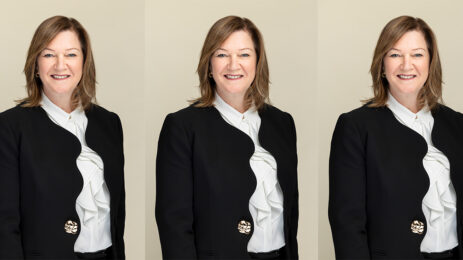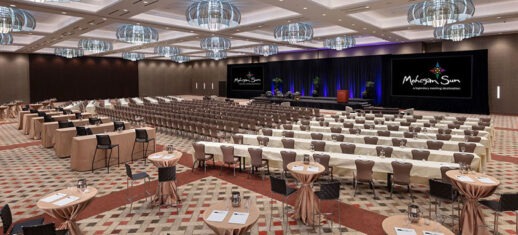Three essential steps for designing events that meet everyone’s expectations
American Express Meetings & Events (AEM&E) has some advice for planners trying to orchestrate transformative experiences on a budget: Focus on the “why.” A new AEM&E guide defines that approach as the best way to communicate the emotional and functional attributes of the brand.
Smart Meetings asked Stephanie Harris, director of global marketing and event strategy for AEM&E, to elaborate on how this finding can become another arrow in the quiver of event professionals. “You have to be able to state what you want the event to achieve—for your organization and for the participant,” she says. That way, if your budget changes—positively or negatively—that statement becomes your guiding star for deciding what to add or subtract.
Harris points to three things a planner must do to put the “why” first.
Identify the Desired Outcomes
Whether it’s building customer loyalty, improving new product knowledge, increasing sales or inspiring participants, the mission is important to know upfront—and keep front-and-center as plans evolve. “We have always held that meeting is not a good reason to have a meeting,” Harris said. “There needs to be critical thinking about what you want the meeting to accomplish.”
Get to Know Your Participants
Almost all planners start with broad demographics, which can lead to stereotyping, Harris says. Creating personas can help planners understand more targeted segments of participants, their motivations for attending, and how best to direct their focus on what you want them to take away. That enables personalization.
Harris is a big fan of pre- and post-event surveys. If you want employees of a company to be able to articulate the company’s brand proposition and be ambassadors out in the field, ask them beforehand how well they know the features and services they are being expected to represent. This sets a baseline. Then ask the same question in a post-event survey to see if you met your goals.
It also makes the elusive ROI planners are forever chasing a little easier to measure. “It is more than saying the chicken was hot, the shrimp was cold and the rooms were clean,” Harris jokes. “That doesn’t tell the tale of an event.” A carefully designed survey focusing on the “why” allows for a strategic conversation.
Once you know who is going to be in the room and why, you can work on intentionally shifting people’s moods. Harris’ example: To facilitate a group discussion, create a homey feel by bringing in comfortable seating and opening the space to natural light. “Just by having people seated in what feels like a living room rather than a board room, you change the dynamic of the conversation,” she says.
Mood boards of colors, samples and room setups can help visualize the feeling you are trying to create.
Choose the Functional Attributes
Now that you have your meaningful survey results, an understanding of who will be attending and what you want them to feel, it is a lot easier to make decisions about what content to present, what type of location will be most effective and how to structure the agenda so everyone gets what they need. Then you can add the “wow” elements to make it memorable and functional from beginning to end. The survey can also guide you about what to include in the next event.
Harris says the focus on attendee experiences revealed in recent AEM&E studies shows a growing interest in moving beyond logistics and focusing instead on overarching outcomes. “It is about more than food and beverage or hotel,” she says. “We are now thinking holistically about the experience from invitation to follow-through.”




